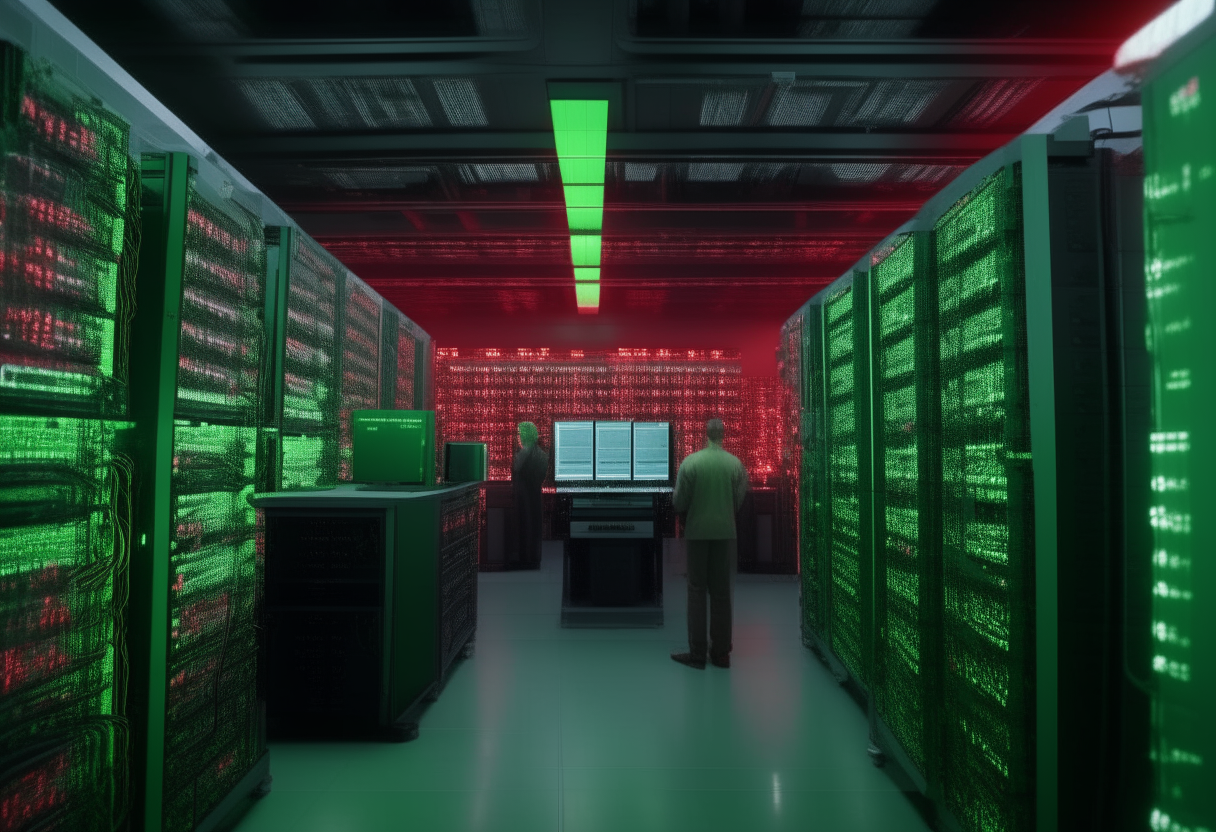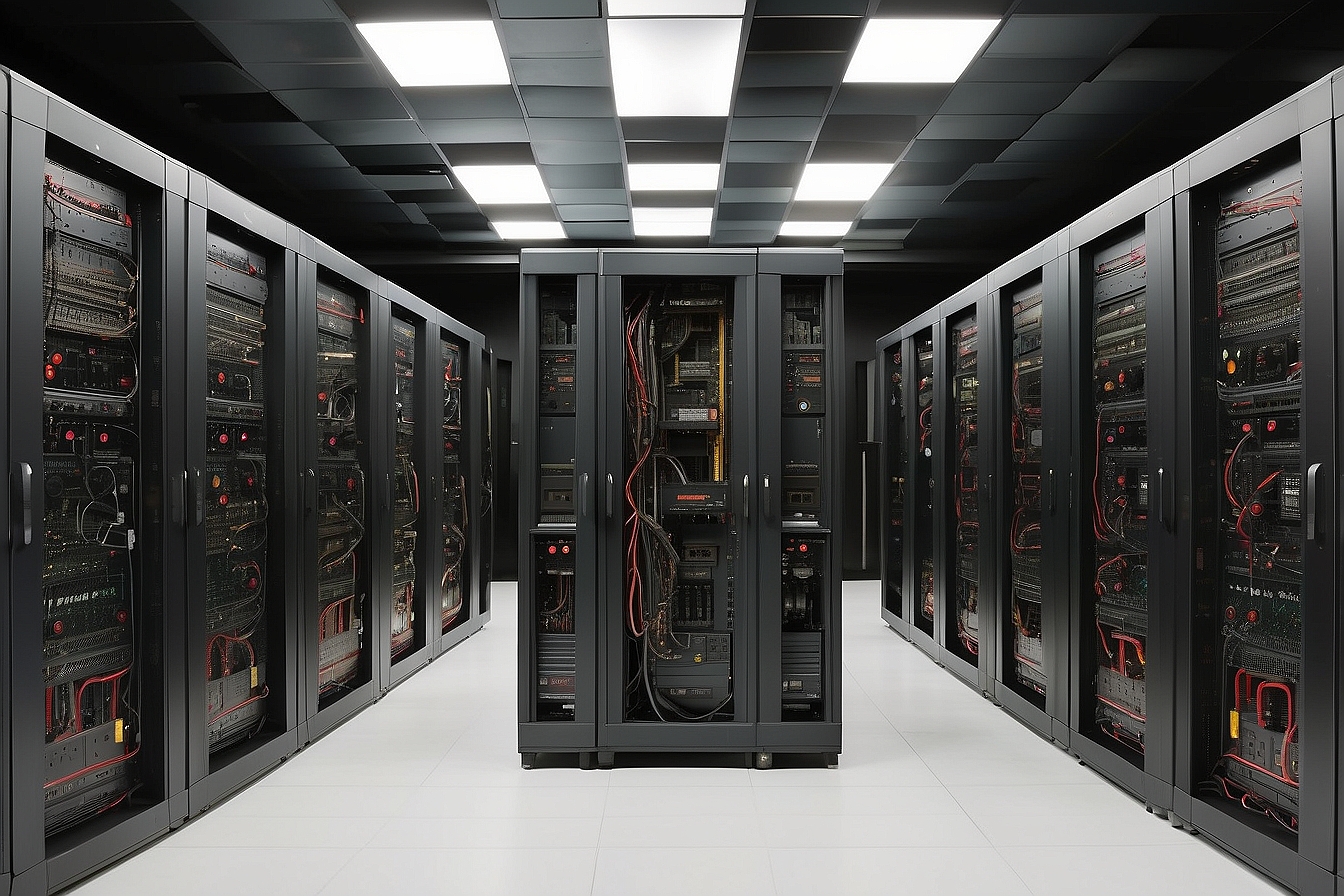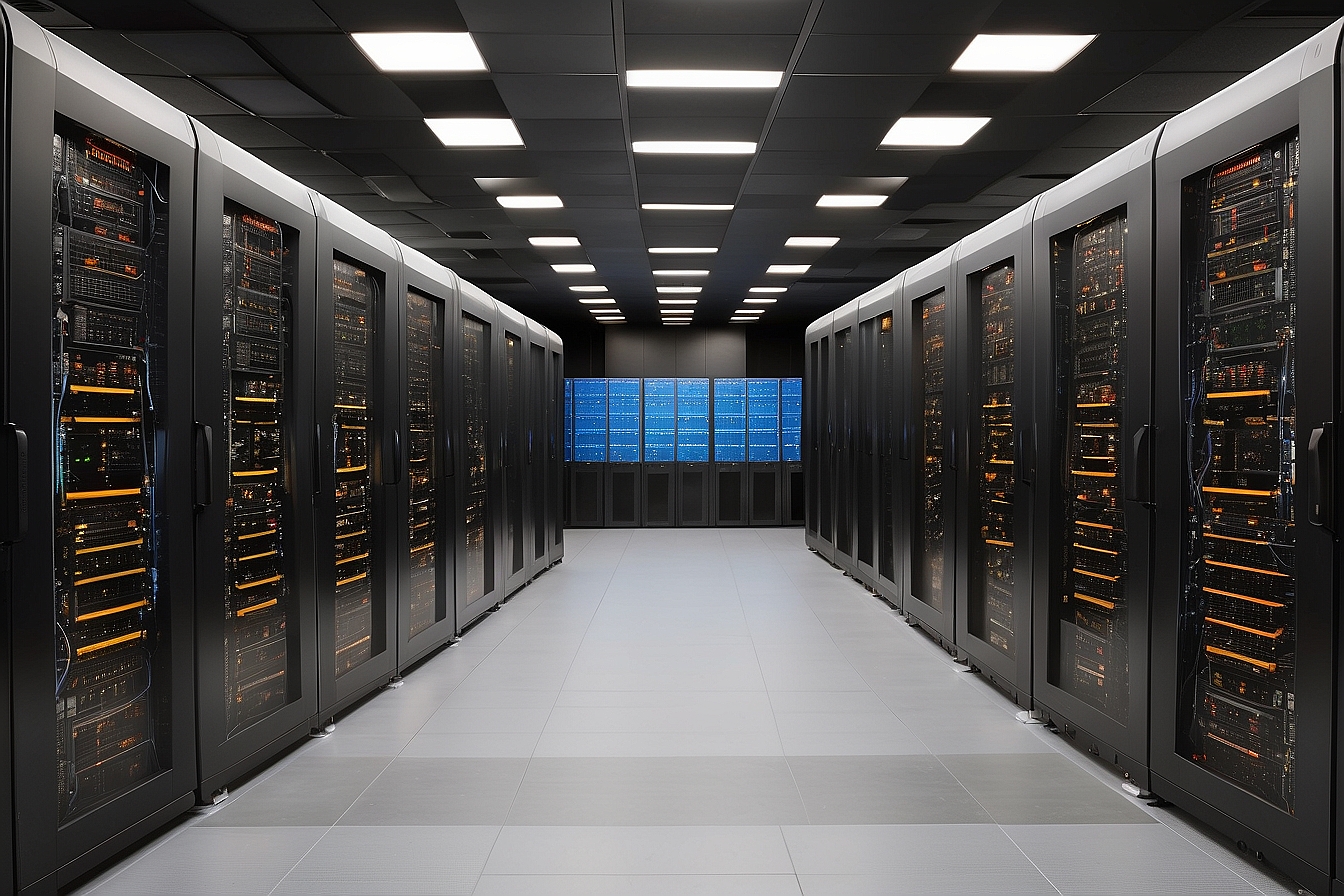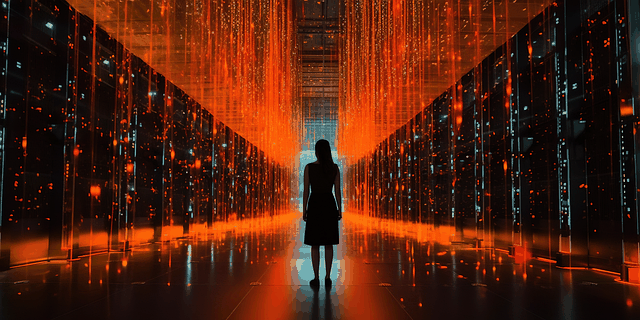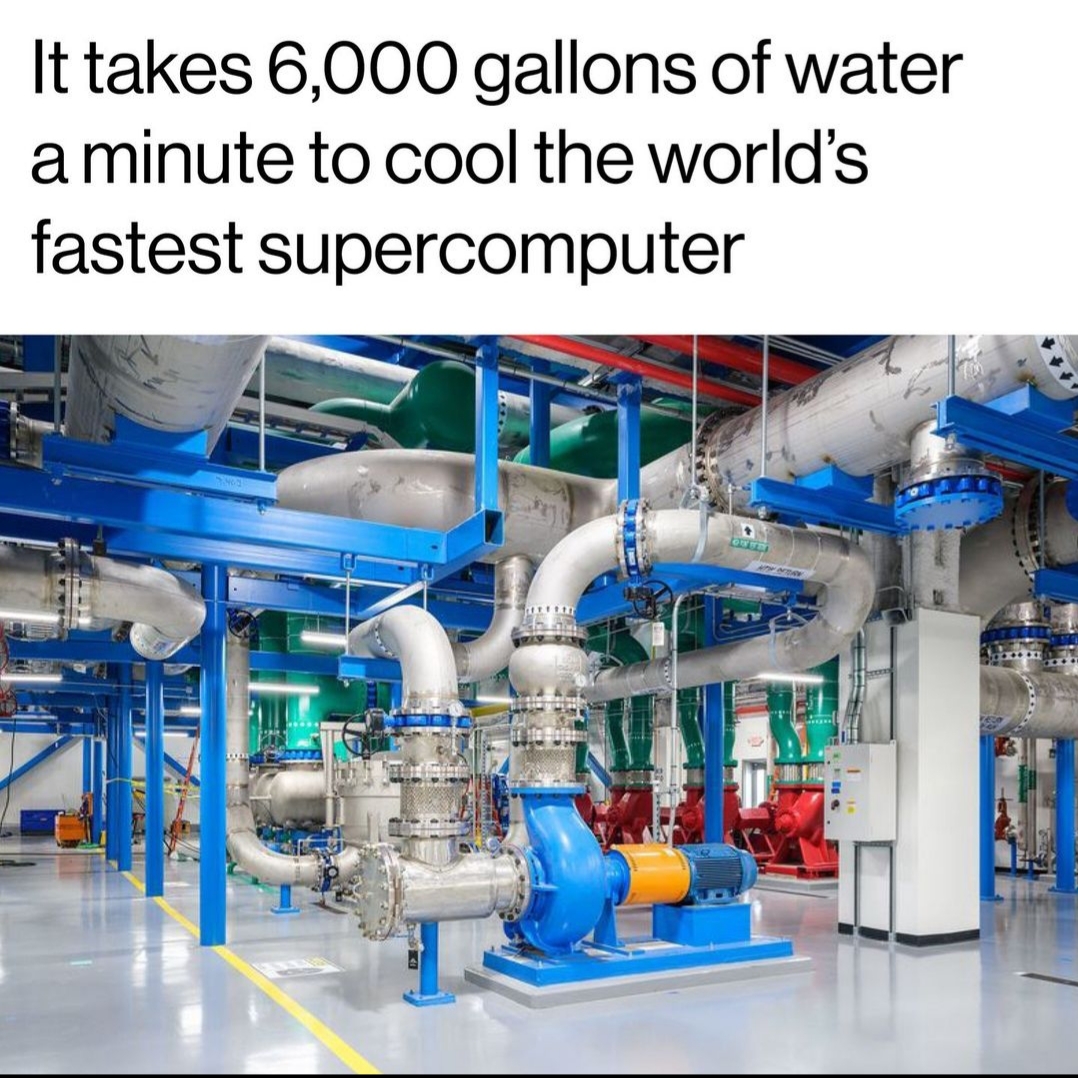Computer types
There are various types of computers designed for different purposes, and they can be categorized based on their size, performance, and intended use. Here are some common types of computers:
Personal Computers (PCs):
Desktops: Traditional computers that consist of a separate monitor, keyboard, and processing unit.
Laptops: Portable computers with an integrated screen and keyboard, designed for on-the-go use.
Workstations: High-performance computers optimized for tasks such as graphic design, video editing, and scientific applications.
Servers:
File Servers: Manage and store files for a network of computers.
Web Servers: Host websites and web applications.
Database Servers: Handle database-related tasks for applications.
Mainframes:
Powerful, large-scale computers designed for handling complex computing tasks and serving multiple users simultaneously.
Supercomputers:
Extremely powerful computers used for scientific and engineering calculations, weather modeling, and other complex simulations.
Embedded Computers:
Integrated into other devices or systems, such as cars, appliances, industrial machines, and medical devices.
Smartphones and Tablets:
Mobile devices that combine computing power with communication capabilities.
Gaming Consoles:
Specialized computers designed for playing video games.
Wearable Computers:
Devices like smartwatches and fitness trackers that are worn on the body.
Quantum Computers:
Experimental computers that use the principles of quantum mechanics for processing information.
Single-Board Computers:
Compact computers with all components, including CPU, memory, and I/O, integrated onto a single circuit board (e.g., Raspberry Pi).
Microcontrollers:
Embedded computers with a microprocessor, memory, and input/output peripherals, commonly used in electronic devices and appliances.
Cloud Computers:
Virtualized computing resources accessed over the internet, providing scalable and on-demand services.
These are just a few examples, and advancements in technology may lead to the development of new types of computers in the future. Each type of computer serves specific purposes and is designed to meet the requirements of particular applications.
Neuromorphic Computers:
Designed to mimic the structure and function of the human brain, these computers aim to perform tasks related to artificial intelligence and machine learning more efficiently.
HPC (High-Performance Computing) Clusters:
Groups of interconnected computers that work together to solve complex computational problems, often used in scientific research and simulations.
Network Computers:
Computers optimized for network tasks, often used in data communication and network management.
Rugged Computers:
Built to withstand harsh environmental conditions, such as extreme temperatures, moisture, and vibrations. Commonly used in military applications and outdoor fieldwork.
Kiosks:
Computers designed for public use, often with specialized software for specific tasks like information retrieval, ticket purchasing, or self-checkout.
Thin Clients:
Lightweight computers that rely on a central server for processing and storage, commonly used in environments where centralized management is preferred.
Digital Signal Processors (DSPs):
Specialized microprocessors designed for efficient processing of signals in applications like audio and video processing.
AI Accelerators:
Hardware specifically designed to accelerate artificial intelligence workloads, often used in conjunction with traditional CPUs and GPUs.
Robotics Controllers:
Computers that control the operation of robots, providing the necessary computational power for tasks like sensing, decision-making, and motion control.
Bioinformatics Servers:
Computers used for processing and analyzing biological data, such as DNA sequences and protein structures.
POS (Point of Sale) Systems:
Computers used in retail environments for processing transactions, managing inventory, and tracking sales.
Educational Computers:
Computers designed for educational purposes, often with features tailored to support learning and skill development in students.
The field of computing is diverse, and specialized computers continue to be developed to meet the demands of specific industries and applications. Advances in technology often lead to the creation of new types of computers with improved capabilities and functionalities.
Computer types
There are various types of computers designed for different purposes, and they can be categorized based on their size, performance, and intended use. Here are some common types of computers:
Personal Computers (PCs):
Desktops: Traditional computers that consist of a separate monitor, keyboard, and processing unit.
Laptops: Portable computers with an integrated screen and keyboard, designed for on-the-go use.
Workstations: High-performance computers optimized for tasks such as graphic design, video editing, and scientific applications.
Servers:
File Servers: Manage and store files for a network of computers.
Web Servers: Host websites and web applications.
Database Servers: Handle database-related tasks for applications.
Mainframes:
Powerful, large-scale computers designed for handling complex computing tasks and serving multiple users simultaneously.
Supercomputers:
Extremely powerful computers used for scientific and engineering calculations, weather modeling, and other complex simulations.
Embedded Computers:
Integrated into other devices or systems, such as cars, appliances, industrial machines, and medical devices.
Smartphones and Tablets:
Mobile devices that combine computing power with communication capabilities.
Gaming Consoles:
Specialized computers designed for playing video games.
Wearable Computers:
Devices like smartwatches and fitness trackers that are worn on the body.
Quantum Computers:
Experimental computers that use the principles of quantum mechanics for processing information.
Single-Board Computers:
Compact computers with all components, including CPU, memory, and I/O, integrated onto a single circuit board (e.g., Raspberry Pi).
Microcontrollers:
Embedded computers with a microprocessor, memory, and input/output peripherals, commonly used in electronic devices and appliances.
Cloud Computers:
Virtualized computing resources accessed over the internet, providing scalable and on-demand services.
These are just a few examples, and advancements in technology may lead to the development of new types of computers in the future. Each type of computer serves specific purposes and is designed to meet the requirements of particular applications.
Neuromorphic Computers:
Designed to mimic the structure and function of the human brain, these computers aim to perform tasks related to artificial intelligence and machine learning more efficiently.
HPC (High-Performance Computing) Clusters:
Groups of interconnected computers that work together to solve complex computational problems, often used in scientific research and simulations.
Network Computers:
Computers optimized for network tasks, often used in data communication and network management.
Rugged Computers:
Built to withstand harsh environmental conditions, such as extreme temperatures, moisture, and vibrations. Commonly used in military applications and outdoor fieldwork.
Kiosks:
Computers designed for public use, often with specialized software for specific tasks like information retrieval, ticket purchasing, or self-checkout.
Thin Clients:
Lightweight computers that rely on a central server for processing and storage, commonly used in environments where centralized management is preferred.
Digital Signal Processors (DSPs):
Specialized microprocessors designed for efficient processing of signals in applications like audio and video processing.
AI Accelerators:
Hardware specifically designed to accelerate artificial intelligence workloads, often used in conjunction with traditional CPUs and GPUs.
Robotics Controllers:
Computers that control the operation of robots, providing the necessary computational power for tasks like sensing, decision-making, and motion control.
Bioinformatics Servers:
Computers used for processing and analyzing biological data, such as DNA sequences and protein structures.
POS (Point of Sale) Systems:
Computers used in retail environments for processing transactions, managing inventory, and tracking sales.
Educational Computers:
Computers designed for educational purposes, often with features tailored to support learning and skill development in students.
The field of computing is diverse, and specialized computers continue to be developed to meet the demands of specific industries and applications. Advances in technology often lead to the creation of new types of computers with improved capabilities and functionalities.




